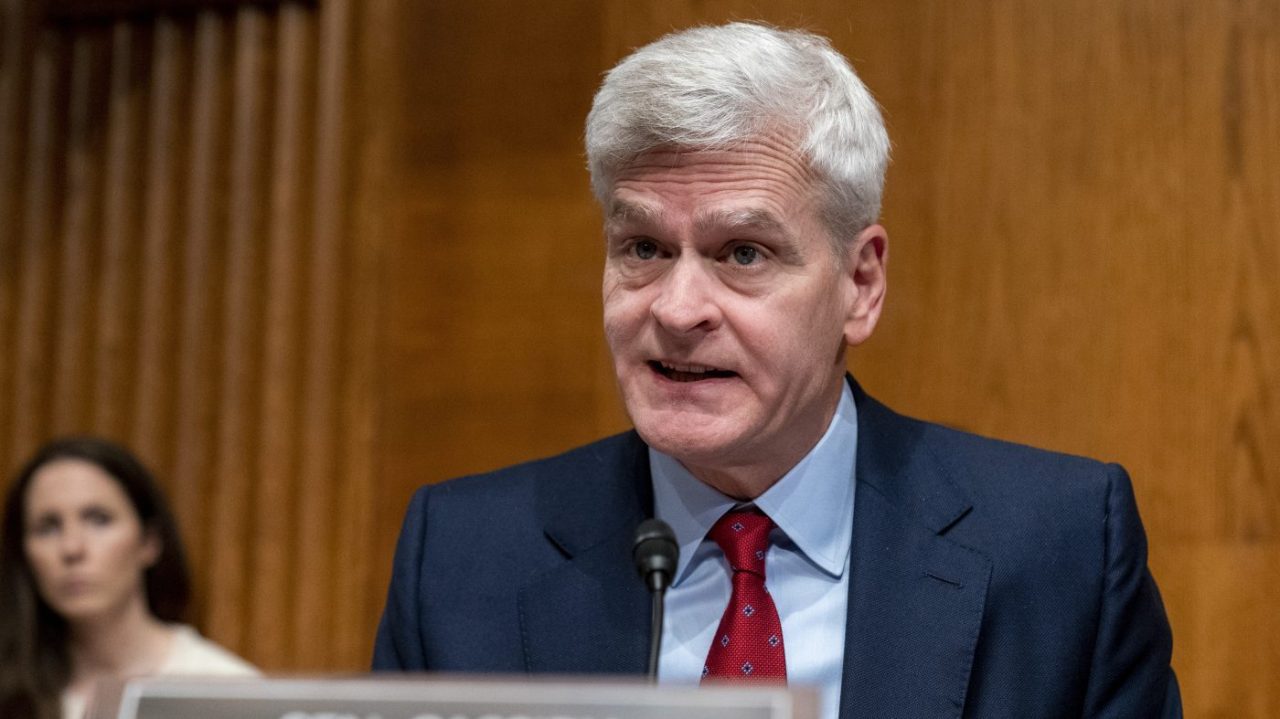The GOP package, called the “Lowering Education Costs and Debt Act,” consists of five bills that the senators say will address the root causes of the student debt issue such as the increasing price of college and students taking out loans they can’t afford.



Was expecting this to be standard GOP garbage, but after reading… I’m actually kind of mixed on it?
I’m not opposed to Biden’s loan forgiveness, but I’ve always felt like it’s like putting a bandaid on a chainsaw wound and won’t fix the underlying problem of college being too expensive. I like to see proposals addressing that instead, and this sort of does. Wonder if there’s any chance of any of these passing, though.
The fourth bill does seem like it has the potential to have a devastating effect on mass accessibility to formal college-level education in liberal arts. Such programs would seemingly find themselves merely enrolling either the very wealthy or the very talented, who were either wealthy enough to afford the cost of American university straight-up or talented enough to receive scholarships.
Anecdotally, most of the adults that I know who are struggling with student loans as adults have undergraduates in liberal arts. I guess you could make an argument that not funding students taking such programs is a more fiscally responsible move.
The fourth bill gave me ‘no child left behind’ vibes. I feel like it would go exactly the same way to cut funding to smaller schools and/or prevent the development of new academic institutions.
I like the idea in practice. We really need to hold institutions accountable for outcomes. But, I think there’s probably a better way to do this with less collateral damage on liberal arts.
Flip side, maybe we need to rethink these programs if it really isn’t leading to student success.
This pretty much lines up with my take as well. Educating borrowers via the first three bills on true costs, expected earnings, and repayment options is fine, but is mostly done already. I don’t see how mandating a form that needs to be signed saying that you understand the debt you are taking on is going to change that.
The fourth bill is pretty blatantly ideologically motivated. If they truly think that these programs are worth less, then a better solution might be something like tying the cost of tuition for different majors to the expected earnings potential rather than eliminating aid eligibility.
The fifth bill would have a dramatic impact on graduate students. I am lucky enough that I did my PhD back when a graduate student stipend could (just barely) cover living expenses. However, graduate student pay has not kept up with cost of living, and grad students often take out the PLUS loans to help bridge the gap. Eliminating these would essentially price out a lot of grad students in HCOL areas that don’t have family wealth to draw from. Alternatively (and preferentially), it could motivate schools to actually pay a living wage to grad students. However, the most likely outcome is that schools would just bring in more wealthy international students to fill the enrollment gap.